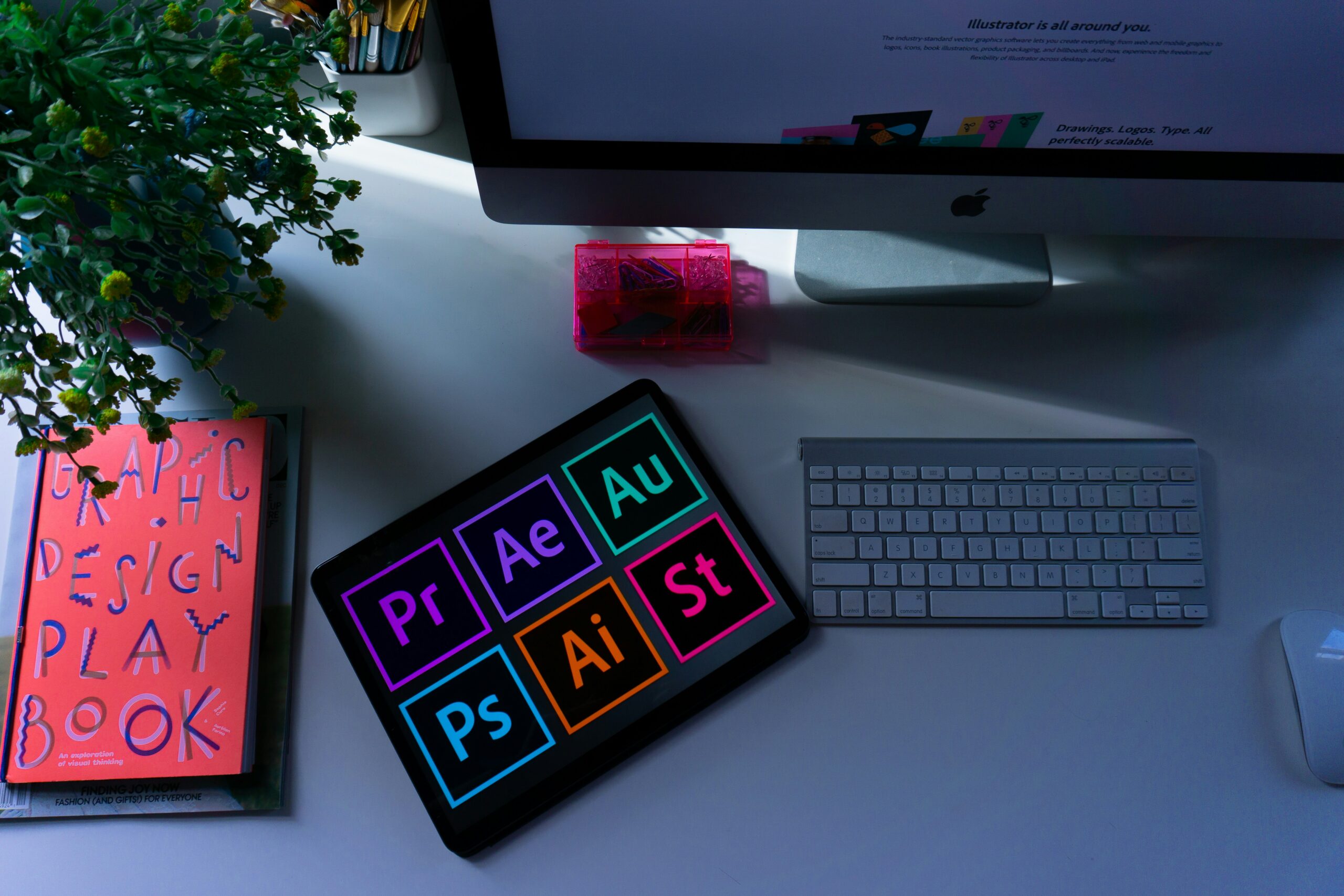If you had asked me a week ago what “graphic creation” was, I probably would have guessed it was some kind of advanced tech skill that I knew nothing about. As it turns out, I’ve been using graphic creation tools for years without even realizing it. Graphic creation is simply visual content designed to communicate ideas through text, images, colours, and shapes. Once I learned that, I realized I use it all the time, especially through Canva. Whether it’s creating slideshows for projects, posters for events, or birthday invitations for my kids, I’ve been engaging in digital creativity more than I thought. It was a bit of a surprise to realize that I’m actually more “techy” than I give myself credit for.

In my future classroom, I can see how tools like Canva or PowerPoint could be powerful learning options for students. These programs allow them to design presentation projects, storyboards, or posters digitally, giving them more choice in how they show what they know. Offering both digital and traditional options follows Universal Design for Learning (UDL) principles by making learning more inclusive and engaging for everyone. Some students might prefer working hands-on with paper and markers, while others might thrive using digital design; both can be creative and meaningful.
This week, we also had an Artificial Intelligence (AI) workshop, and I learned just how much AI can do in terms of graphic creation. It was a mix of excitement and nervousness. I hadn’t realized that AI can generate images or even adapt photos that you upload. The possibilities are incredible, but also a little unsettling. Seeing how easily AI can create realistic but false images, or what’s known as “deepfakes,” made me realize how important it is to teach students about digital responsibility.

As both a parent and an educator, I think it’s essential to talk about both the benefits and the risks of digital creation. Technology is a powerful tool, but only when used thoughtfully. I want my students to understand that not everything they see online is real, and that digital tools should be used to help, not harm. Finding that balance between creativity and caution feels like one of the most important lessons we can teach in today’s classrooms.

Sorry, but comments are not enabled on this site.